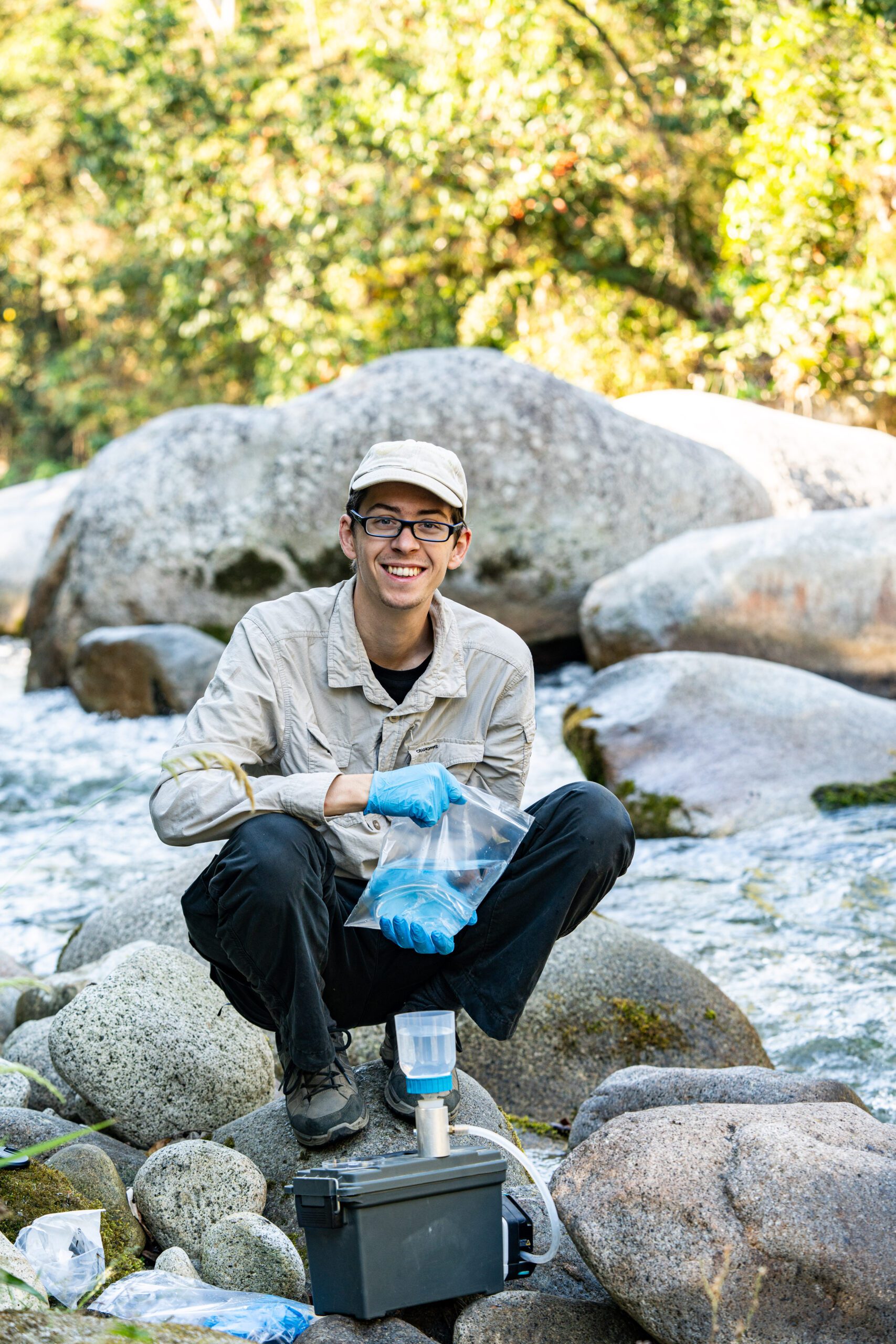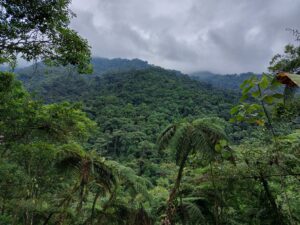The Secret of Survival: Exploring Disease Tolerance in Harlequin Toads
How understanding tolerance for Emerging Infectious Diseases can help us fight the amphibian extinction crisis and the broader global biodiversity crisis.
Over recent decades, amphibian populations have experienced alarming declines worldwide. Of more than 8700 known amphibian species, many are facing multiple threats, including deforestation, habitat degradation, agrochemicals, and infectious disease. Thus, amphibians are among the most threatened vertebrates on the planet. The term ‘amphibian crisis’ has been coined to describe their concerning fate.
We previously reported on imperiled harlequin toads (Atelopus) – the poster child of global amphibian declines. This diverse and species-rich group of Central and South American amphibians has been dramatically affected by habitat loss and particularly invasive Emerging Infectious Diseases. Originating from Asia and spread by human activities globally, the chytrid fungus (Batrachochytrium dendrobatidis) has led to the near-extinction of the vast majority of harlequin toads, even within untouched Andean forests. Harlequin toads are particularly highly susceptible to this disease and have vanished from most of their historical habitats. Mitigating disease to conserve and safeguard our amphibian diversity is challenging, as amphibian resistance to the chytrid fungus is rarely observed.

Not so in the Sierra Nevada de Santa Marta, an isolated mountain range in northern Colombia, where no amphibian declines have been observed despite the presence of the chytrid fungus and suitable conditions for the pathogen. Remarkably, the five harlequin toad species native to the Sierra Nevada remain in high local abundance. The causes of this enigmatic disease tolerance are completely unknown, but understanding the underlying mechanisms behind it could be a crucial step toward protecting amphibians from diseases worldwide.

In an effort to unravel this enigma, a team led by Habitats‘ cofounder, Amadeus Plewnia set out earlier this year to explore these resilient amphibian communities. Partnering with local researchers, conservationists, and indigenous communities, we explored remote cloud forests and paramo ecosystems to collect data on the chytrid fungus’s presence, distribution, and infection intensity. With the samples collected, we hope to reconstruct local pathogen attenuation and set the baseline for follow-up expeditions and research endeavors.

At Habitats, we support the conservation of harlequin toads as a poster child of the amphibian extinction crisis and the broader global biodiversity crisis. By safeguarding these iconic species and the habitats they live in, we are investing in the well-being of our planet and the health of our communities.
Join us today on our mission to conserve neotropical biodiversity. Follow us for more news on amphibian conservation efforts and more. Together, we can make a difference. Together, we can drive change and ensure a thriving future for all.






